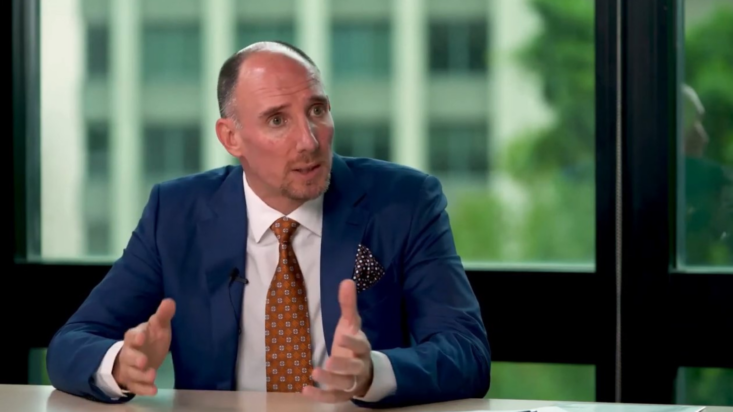A clear bridge to energy transition exists, with listed infrastructure key
There’s nothing more exciting – and anxiety inducing – for investors than the opportunities that will come out of the global transition to renewable energy. With the world undergoing a massive shift in how it runs itself, it’s going to be hard to pick winners.
“It freaks me out, I’ve got say,” ClearBridge senior portfolio manager Nick Langley told the Inside Network’s Investment Leaders Forum in Queenstown last month. “I think there are some massive issues that we’re going to have to work through over the coming years, and there’s going to be a feedback loop between what happens in our investment and public policy changes.”
The “important thing to understand”, Langley said, is that the world is going to spend $100 trillion in the transition to renewables – and all it’s going to end up with is more expensive energy. That money could well save the world, but from an economic perspective it’s an incredibly inefficient spend. The hurdles that have been set are also almost insurmountable: the International Energy Agency believes that primary energy demand should fall by 17 per cent this decade – back to 2006 levels – even though the global economy by 2030 will be twice as large.
“Let’s be clear: we’re not going to make these target,” Langley said. “But we are headed in the right direction. And we are going to spend a hell of a lot of money trying to get there. And governments have listened and they’re throwing a lot of cash at this. Essentially, public policy is saying ‘let’s move everything that we can in our economy to electricity and then power the grid with as much renewables as possible’.”
The approach so far has been to subsidise a few technologies – wind, solar, electric vehicles and green hydrogen. The US has kicked things off with the Inflation Reduction Act (IRA), which Langley estimates will cost more than $1.5 trillion over the next couple of decades, while the EU has followed suit and the UK is “on the bandwagon”. The best way to get exposure to those programs – and the overall transition spend – is through energy generation, transmission and distribution infrastructure with government regulated, inflation adjusted return streams.
“You’ve got a relatively narrower set of outcomes – known unknowns – and therefore more confidence in getting the return profile,” Langley said. “Investing in renewables, there are some people that are going to make a lot of money – but there’s also a lot of people that are going to lose a bucket load.”
“(In the regulated space) is the regulator going to continue to provide you with an attractive return over time? Our view is that obviously yes, the regulators need to provide attractive returns to get the capital and to get the investment. Insufficient capital means insufficient investment means you don’t meet your public policy objectives. And ultimately the lights go out. And none of us want that.”
Langley also noted that while taking fossil fuel power generation offline will make a huge improvement on the environmental side of things, the communities which rely on them for jobs will be “wiped off the map” and more expensive energy that replaces it will eventually put “massive pressure on household budgets”.
“We’re already seeing the government subsidise households,” Langley said. “I think governments will look at this and say ‘we have a peak stress on households over the next 15-20 years – assuming we get to free electricity – so we’re going to help fund that’. And that means we’re going to be running much larger deficits. And we’re going to have to think about how that gets funded. My cynical view is that it’s going to end up on the balance of central banks, which will give us a whole host of other issues.”











